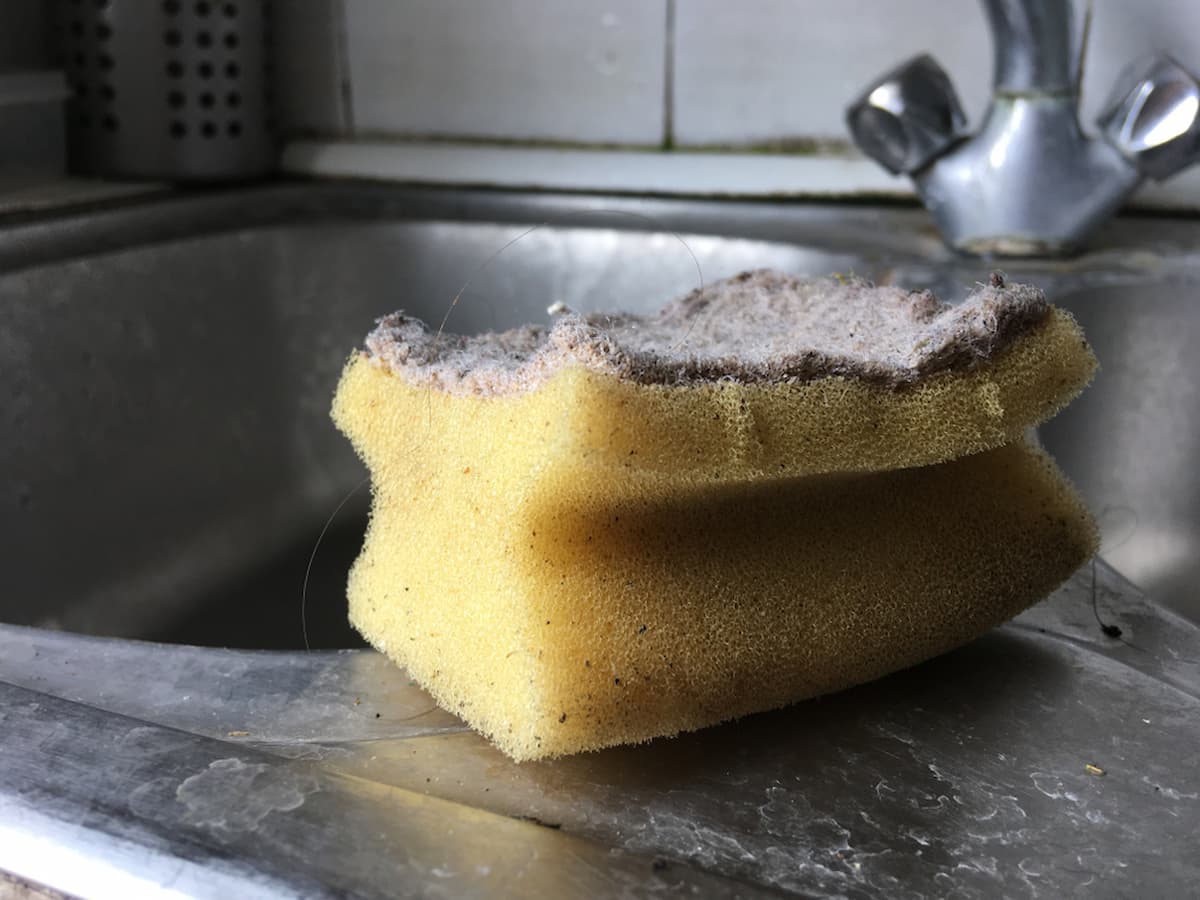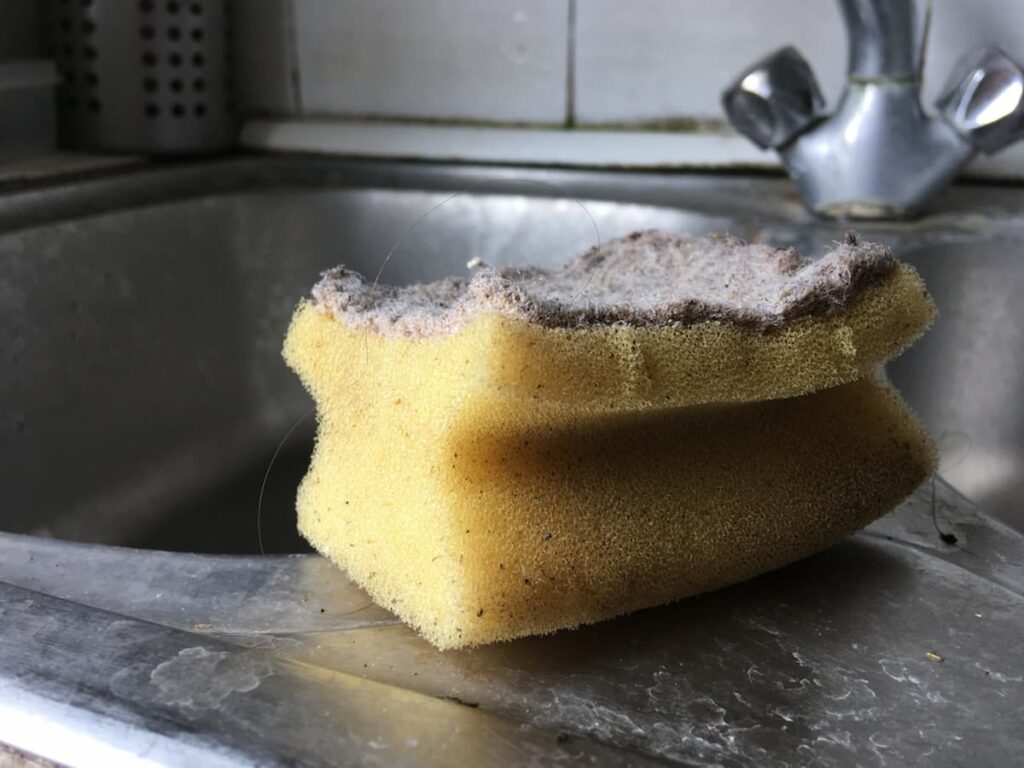Study shows that a dish sponge can be dirtier than a toilet bowl
3 min read
Washing dishes can really be a nightmare, especially when we see that huge pile full of dirty dishes and cutlery with leftover food. But believe me, it can only get worse. It may sound strange, but sometimes, if you use a sponge Who has been sitting in the sink for too long, you may end up spoiling more dishes than cleaning them.
Even a dirty sponge can be more disgusting than your bathroom. But calm down, we are not talking about washing dishes down the toilet. Just take a look at what scientists have discovered about dish-washing sponges, and you’re sure to pick up new kitchen habits.
A toilet bowl contains less bacteria than a sponge

According to a German microbiology study published in the journal Scientific reportsDishwashing sponges may contain more bacteria than toilet bowls. The study analyzed DNA found in sponges from different homes, and discovered about 362 species of microorganisms, more than usual found in a bathroom.
Another study conducted at the Department of Biochemical Sciences at the University of Sonora, Mexico, showed that the composition and shape of sponges can create an ideal environment for bacteria, fungi, and other microorganisms harmful to health to multiply.
With the porosity of the material and the moisture it is subject to, the environment becomes conducive to the life of some organisms. Although many of these agents do not cause fatal harm, some can still pose a serious risk. Among the potential dangers encountered are the famous ones salmonella and even staph.
where is the problem?
It is not just sponges that can cause health risks in the kitchen, as the cloths used for cleaning can also contain dangerous bacteria and microorganisms such as those previously mentioned.
The study shows that cross-contamination can occur in a number of ways. For example, when we use a cloth to clean a cupboard or countertop and use it in the same way to dry dishes or even our hands, there may be contamination. About this, chef and science writer Heinz Wuth explains:
“The biggest danger is biological contamination. Often, when a cloth is used, the contamination is more than what is being cleaned.”He said.
What do you do in order not to be exposed to these harmful organisms?
Researchers revealed that one of the main causes of infection is the handling of food items or products without proper hygiene and, therefore, it is necessary to practice good eating habits and hygiene. Hand washing is a case in point, as much cross-contamination comes from people’s hands.
Also, knowing when to change your sponge is ideal for maintaining safety and hygiene. Many people can use the trick of putting them in the microwave to increase their shelf life. However, Wuth states that this method is not 100% effective.
While it helps keep your sponges longer, this trick doesn’t solve all the problems, it only gets rid of about 60% of the organisms.
But in case you want to know anyway, the method consists of placing the sponge for about three minutes at maximum power in the microwave. It is important that they are as dry as possible, as heating them while they are wet can burn you when you remove them.
Remember that this slightly extends the useful life of the object, but it is not the most appropriate. Therefore, it is important to change the sponge periodically, especially when it has an unpleasant odor, a very dirty appearance, or even a different color. Experts suggest that the exchange takes place every 15 or 30 days, or sooner if necessary.

“Devoted food specialist. General alcohol fanatic. Amateur explorer. Infuriatingly humble social media scholar. Analyst.”




